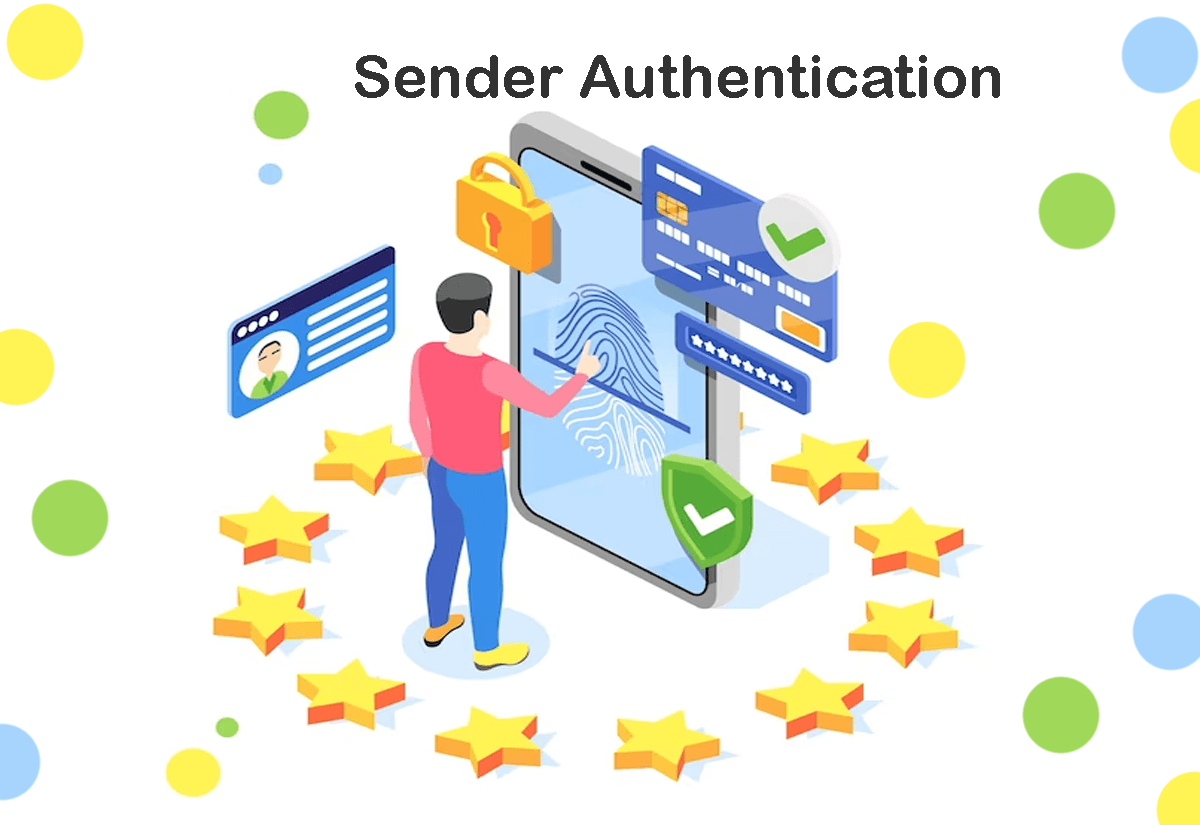Sender authentication is the process of verifying the identity of the sender of an email message to prevent email spoofing, phishing, and other fraudulent activities. Authentication protocols such as SPF, DKIM, and DMARC can be used to verify the sender’s identity and improve email deliverability.
- Sender Policy Framework (SPF): SPF is an email authentication protocol that specifies which IP addresses are authorized to send emails on behalf of a particular domain. SPF works by adding a TXT record to your domain’s DNS settings that lists the IP addresses authorized to send emails from your domain. When an email is received, the recipient’s server checks the SPF record to verify that the sender’s IP address is authorized to send emails from your domain. If the IP address is not authorized, the email may be marked as spam or rejected altogether.
- DomainKeys Identified Mail (DKIM): DKIM is another email authentication protocol that uses digital signatures to verify the authenticity of an email message. DKIM works by adding a digital signature to the header of the email message, which can be verified using the public key published in your domain’s DNS records. When an email is received, the recipient’s server checks the DKIM signature to verify that the email message has not been altered and that it was indeed sent by the domain that claims to have sent it.
- Domain-based Message Authentication, Reporting, and Conformance (DMARC): DMARC is a policy-based email authentication protocol that uses both SPF and DKIM to verify the authenticity of an email message. DMARC works by allowing domain owners to specify how email messages that fail SPF and DKIM checks should be handled. DMARC policies can be set to monitor, quarantine, or reject emails that fail SPF and DKIM checks. DMARC also provides feedback to domain owners about how their email messages are being handled by email receivers.
Implementing these authentication protocols can significantly improve your email deliverability by preventing email spoofing, phishing, and other fraudulent activities. It is recommended that you implement all three authentication protocols (SPF, DKIM, and DMARC) to ensure the highest level of email authentication and deliverability. You can contact your email service provider or IT team to help you set up and configure these protocols.


